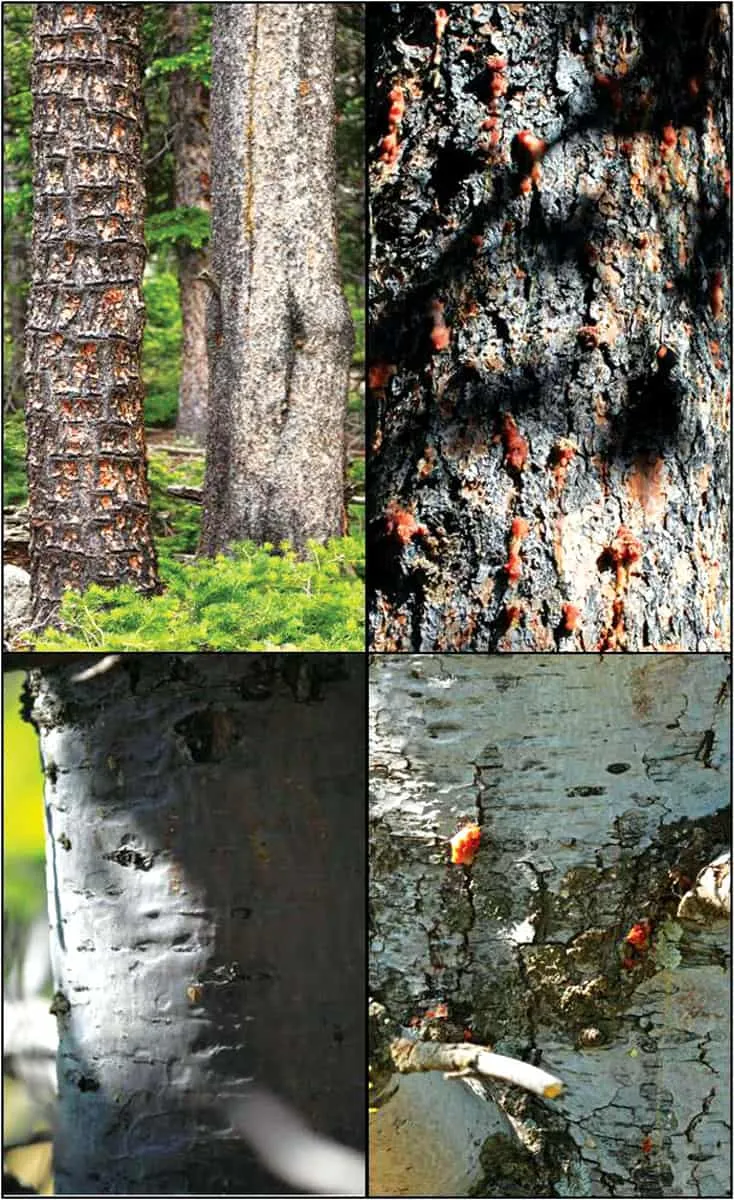Slippery bark protects trees from pine beetles

BOULDER — Trees with smoother bark are better at repelling attacks by mountain pine beetles, which have difficulty gripping the slippery surface, according to a new study by the University of Colorado-Boulder.
The findings, published online in the journal Functional Ecology, may help land managers make decisions about which trees to cull and which to keep in order to best protect forested properties against pine beetle infestation.
The current mountain pine beetle epidemic has spread across 3.4 million acres in Colorado since the outbreak was first detected in 1996. The tiny beetles, which are about the size of a grain of rice,…
THIS ARTICLE IS FOR SUBSCRIBERS ONLY
Continue reading for less than $3 per week!
Get a month of award-winning local business news, trends and insights
Access award-winning content today!
